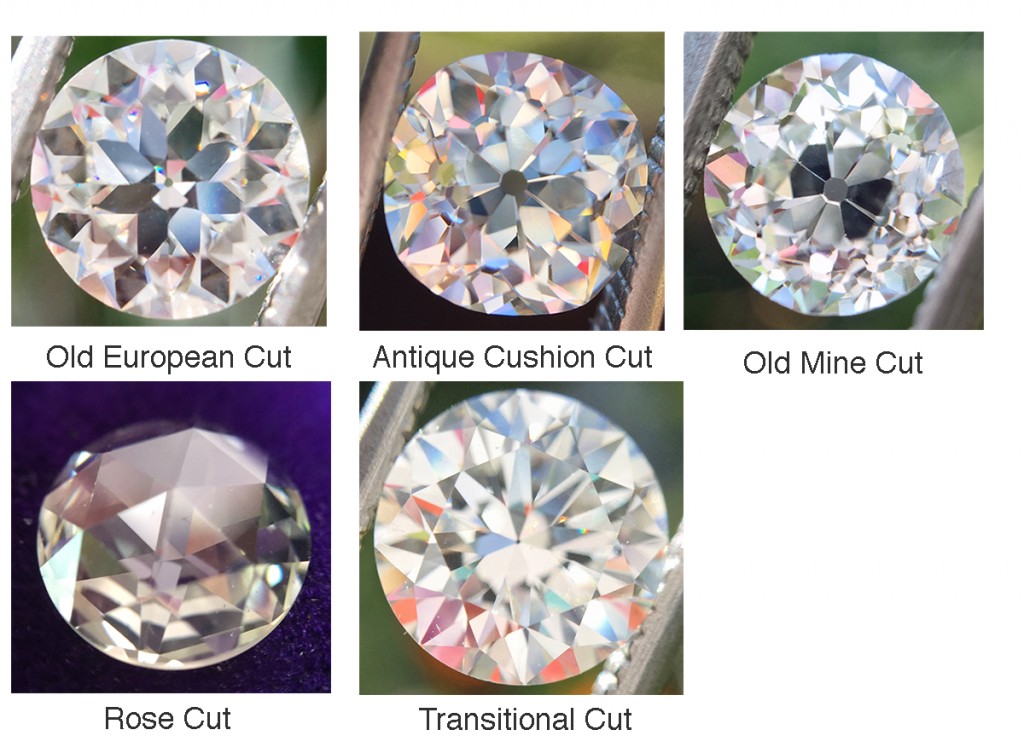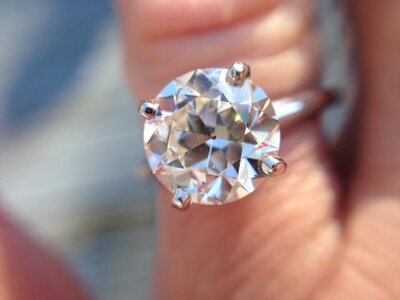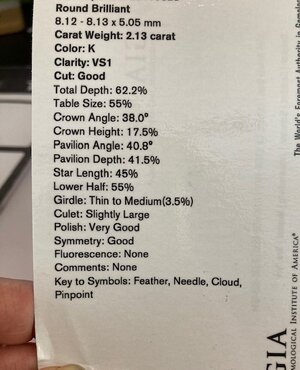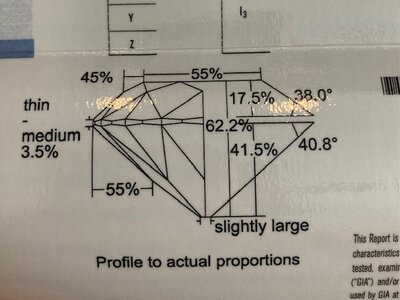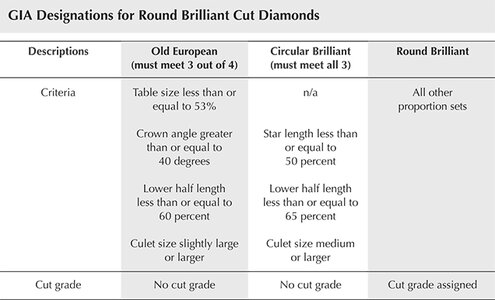Smith3
Shiny_Rock
- Joined
- Nov 20, 2012
- Messages
- 416
It looks like maybe what they'd call circular brilliant. I think it's mostly determined by table size and the lowers. Subtle differences.
I love the color of it. Is this a ring contender? Do you have more pics?
It is an antique!What’s a circular brilliant? Is it a newer stone?
Yes it is a contender but I didn’t want to post pictures yet till I figure this stone out lol. It’s suppose to be from the 20’s
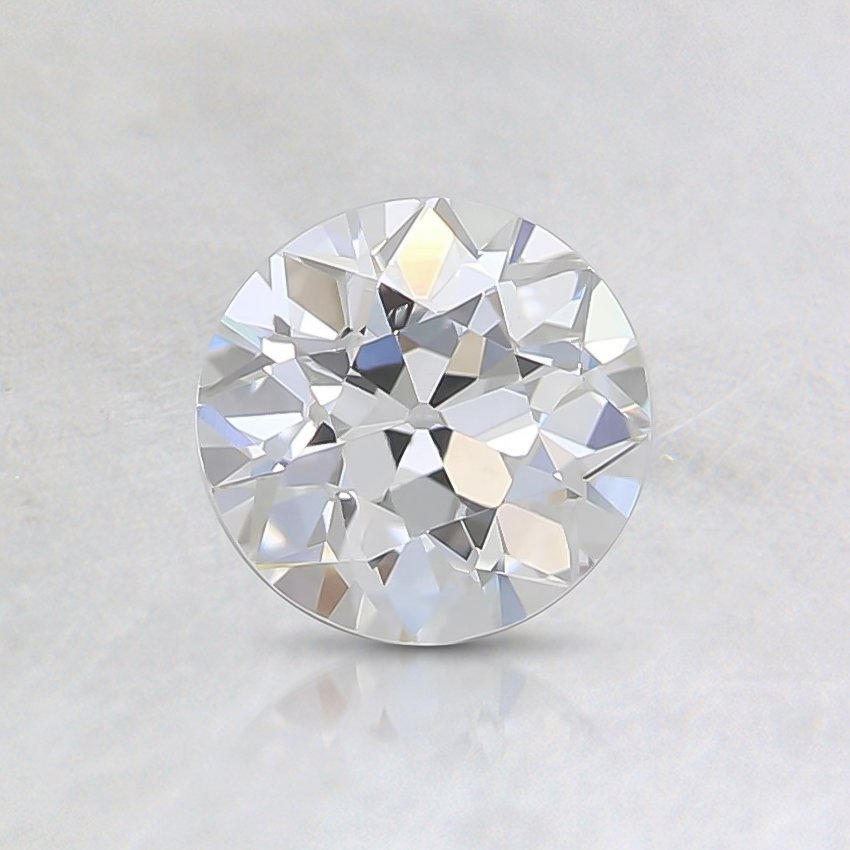
It is an antique!
No, not really, it's just a GIA designation they give to European cuts that are juuust out of their proportion for classic OEC.

GIA: Old European vs. Circular Brilliant
If you have been looking at antique cut diamonds you will notice that often times GIA will give the label of Old European Brilliant & Circular Brilliant to stones which look very similar in appearance. Old Europeans: In our experience the Old European tends to, but is not always a bit deeper...www.vermaestatejewelry.com
My husband actually bought it for me! I was so excited but it wasn’t puffy so I was a little disappointed because I thought it was a chunky old euro, because in the photos it looked like that and it was stated as old European with a gia report.
To be honest the stone is too good for my taste hahaha I know it sounds weird but I like them usually wonky and a little off. But it’s pretty and I’m contemplating.
Looks like a transitional cut/circular brilliant to me. Still pretty, though.
Love the rings in your avatar! That top one! Wowzers
Wow, beautiful faceting! Would love to see the whole ring if you decide to keep it. Very sweet of your husband to gift it to you, he did a great job!
Circular brilliants can be anywhere from the later 1800- 1900s. They are essentially just antique cuts. Transitionals were what came after from the @ 1930's give or take.
What does GIA use as an official terminology for the cut when it is a transitional?
What does GIA use as an official terminology for the cut when it is a transitional?
